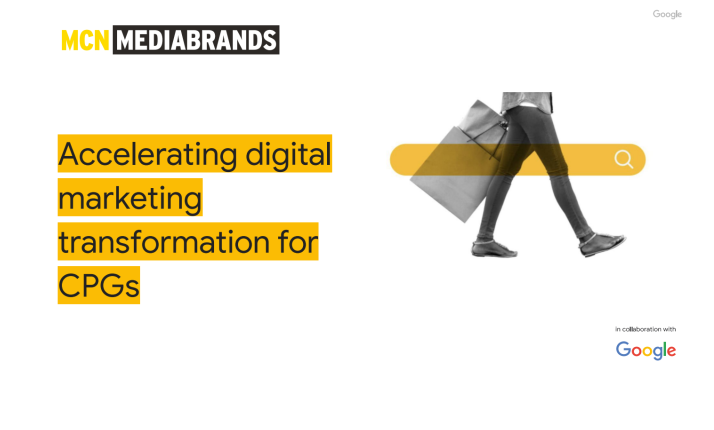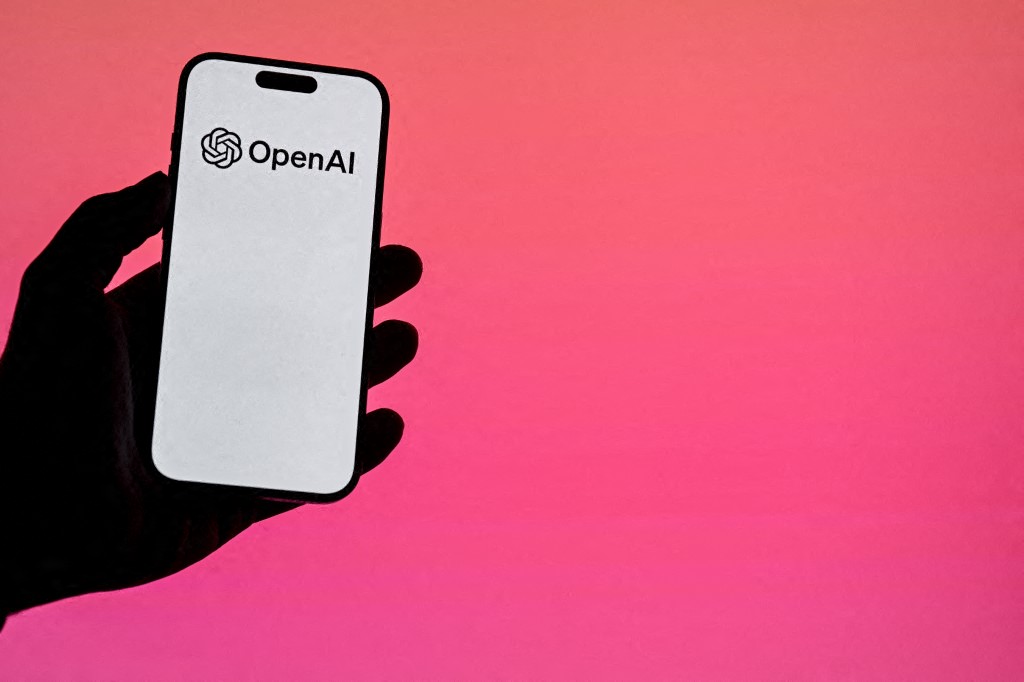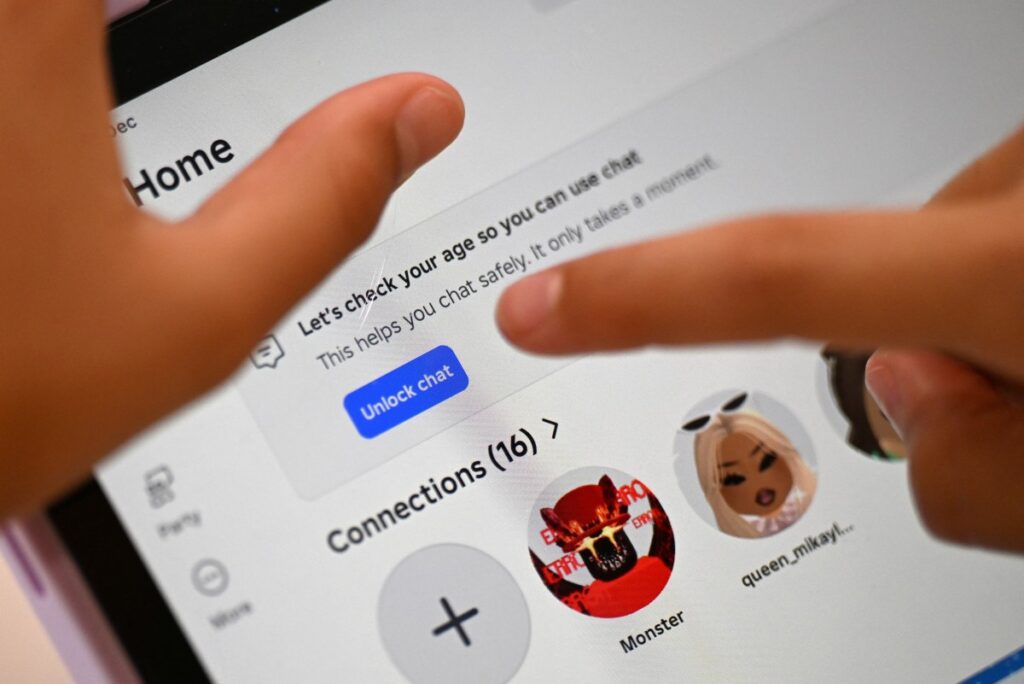Majd Alaily, Data & Audiences Lead – MENA, and Huda Serhan, DMT Project Manager, explain how Google’s new framework for CPG brands in MENA, developed in partnership with MCN Mediabrands and announced last week, can facilitate digital marketing transformation.


Like many industries, the fast-moving consumer goods vertical (CPG) experienced rapid pressure in a dynamic environment due to the Coronavirus pandemic. As consumer behavior shifted online, the need to focus on digital transformation became essential for businesses to adapt.
How can CPG brands keep up with the fast-paced shift toward digital consumerism and build long-term resilience?
To answer this question and more, Google partnered with MCN Mediabrands and developed a comprehensive framework for CPG brands in MENA to embrace digital marketing transformation in a continuously evolving time. In this article, we preview key highlights from the downloadable playbook.
CPG brands adapt to change at different speeds
To understand the impact of data-driven technologies on organizations, Google partnered with BCG and launched a matrix [in 2018] that classifies businesses into 4 stages based on their levels of maturity. In our playbook, we complemented this approach with the 5As solutions tailored to the CPG industry, providing brands with a roadmap to increased digital maturity.
Analyzing MCN Mediabrands’ CPG portfolio showed that businesses within the industry are not transforming at the same pace. Frontrunners quick to adapt to change are typically disruptive, digital-first brands, while laggards tend to be legacy brands. In MENA, CPG brands lie mostly within the ‘emerging’ stage, with a large opportunity to further drive their digital marketing transformation.
CPG marketing myths prevail
Reviewing the current CPG practices in MENA through the lens of this digital maturity framework, we found that some common CPG marketing myths still prevail, while data and results might suggest otherwise. The top three myths for CPG brands in MENA are:
- We “know” our audience
This is usually based on a demographic definition. Many brands in MENA are still focused on defining their audiences in terms of age and gender. However, in many cases CPG advertisers have uncovered completely new audiences to reach out to, with new demographics that responded very positively to a brand’s messaging. Take inspiration from how Listerine powered a whole category with a deeper understanding of audience data in MENA.
- CPG is all about reach
Traditionally, CPG advertisers have a major focus on reach. In many cases, CPG advertisers go across a full demo or multiple ones as a way to promote their products.
We find it is better to start with audiences. We see specifically that high value audiences can deliver great performance, without compromising the reach of your message. High value audiences are personas of consumers you’ve identified that resonated well with your brand.
Planning fully around them, such as in Elvive’s Total Repair 5 personalization campaign, where media, targeting, creative, and content were adapted to these audiences, proved very successful.
- We expect passivity
Many CPG brands today push a product-first storyline, expecting captive audiences to sit through that narrative. Audiences nowadays have a choice, and we find that many successful ads in MENA are centered around powerful user-first insights that are built for digital and focus on delivering value to the consumer. Many cases also show that a one-size-fits-all approach to messaging might not work. We find that personalization, when used properly, can be a powerful tool to drive home a brand’s message – for example, how L’Oreal debuted new Clays masks in MENA through custom, personalized ads with great results.
Take the next step towards digital marketing maturity
With these myths in mind, here are actionable steps CPG brands can take towards digital marketing maturity:
- Start with audiences
The MENA consumer is now hyper connected, highly individualistic, and always-on. This opens up possibilities to build a full data strategy to collect, analyze, and activate audiences, even with limited first-party data availability.
- Be relevant
75% of MENA consumers expect advertising to be personalized (source: UM MENA Wave X 2019 study). The key is to build digital-native, user-first assets that deliver impact and are relevant to a consumer audience. Taking insights that come from users and leveraging them on personalization make for more relevant messaging.
- Embrace attribution
Although the measurement space for CPGs is still fragmented, it’s important to invest in measurement setups that allow you to understand the consumer journey. Buying doors for CPG products are now diversified, from traditional offline sales via partners to newer models where brands invest in their own direct to consumer capabilities. Upgrading a brand’s e-commerce presence, be it direct or indirect, with a streamlined experience in mind will also help reinvent the way your products appeal to consumers, and your ability to market them.





